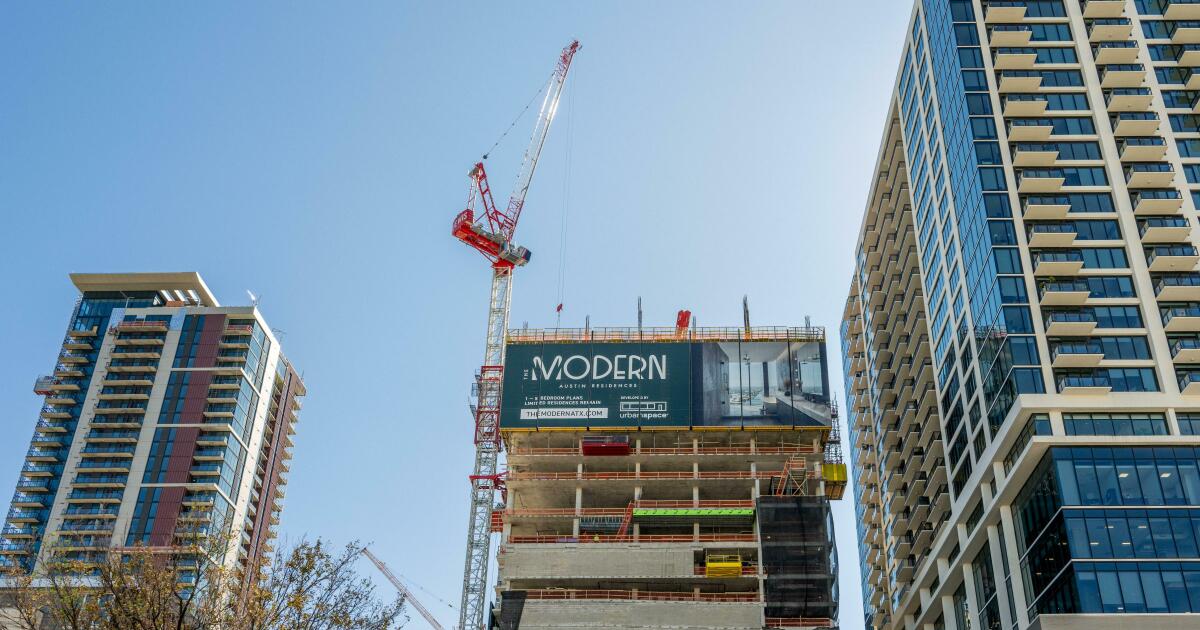The city council in Austin, Texas recently proposed something that could seem like political Kryptonite: getting rid of parking minimums.
Those are the rules that dictate how much off-street parking developers must provide — as in, a certain number of spaces for every apartment and business.
Around the country, cities are throwing out their own parking requirements – hoping to end up with less parking, more affordable housing, better transit, and walkable neighborhoods.



A lot of local urbanist groups have been pushing for this for a long time. Parking minimums were largely made up by pulling numbers out of hats in the 50s and have essentially no basis in empirical fact. Countless small businesses all across the countries exist in buildings that could not legally be built today because of parking minimums. I remember a story from a small Arkansas town about some local entrepreneurs that wanted to open a cafe in a vacant downtown building, but couldn’t because they’d need to buy the adjacent building and bulldoze it to make a parking lot in order to meet parking minimums.
These also apply to residential buildings as well. If someone is wanting to build a medium sized apartment building in an older pre-war walkable area near a train station, but modern parking minimums require buying 3x the land in order to build a parking lot, that building isn’t going to happen, meaning that new housing units aren’t being built and thus there’ll be more price pressure on existing housing.
Not to mention, denser housing allows for fewer cars and more transit, which in an absolute boon for the environment. There’s a reason why suburbs emit way way more CO2 per capita that downtown areas.
I ran the numbers once; If a 1300 ft^2 house (~130 m^2) were classified as a business, it would require 4-5 parking spaces. The land used by parking ends up being equal to half the area of the building.